This volume comprises the studies of Prof. Lokesh Chandra on the iconography, syllabary, tantras, cultural heritage in general, defence, Canon and mandalas of Japan, Korea and China. It begins with a detailed iconographic analysis of Ganesa in Japanese art from AD 806 onwards. Then follow the iconographies of Uma and Mahesvara, Usnisavijaya, Vaisravana/Kubera, Rocana the consort of Vairocana and Locana the apotheosis of the Eyes of Sakyamuni. The mantras and characteristics of the forty main hands of the Thousand-armed Avalokitesvara are reproduced from a manuscript of AD 1781 in a Vairocana temple in the Hatamura village. The Twelve Light-Buddhas of Kakrak in Afghanistan, hitherto considered to be a mandala, have been identified anew with the help of Japanese sources. It is followed by a detailed study of Amitabha : epithets, descriptions in canonical texts, previous births, views about him in Japanese sects, rituals in esoteric Mantrayana and iconography. A head from Khocho, murals at Bezeklik Kumtura, Kizil and Turfan, and tiered stupa with niches at Khocho have been identified anew. The structure of the Japanese Garbhadhatu mandala and comparison with its Tibetan counterpart throws new light on the formative processes in East Asian Esoterism. The meaning of the letter A in Sino-Japanese exoteric and esoteric texts, meditation (ajigi) as a fundamental practice in Mantrayana, its philosophical interpretation in the systems of Subhakarasimha and Amoghavajra are discussed. The Tamil sound-sequence of the Japanese alphabet opens new perspectives. It is followed by Siddham in Japan. The cultural identity of Japan and its response to European technology as a creative catalysis is discussed. The Japanese version of the paper "The Cultural heritage of Japan" appears at the end. The role of Buddhism in Korean civilisation has been a profound social and cultural order and has given her the expanding horizons of today. Sokkur-am cave of the eighth century, has been re-interpreted in the light of the Gandavyuha-sutra of the Avatamsaka. The section on China commences with a survey of the Confucian Analects. The name of Pao-ssu-wei has been reconstructed as Cintamani. The linkage of tantras to defence in T’ang China, particularly in the reign of emperor Hsuan-tsung has been discussed. The Mara-vijaya-stotra has been reconstructed from its Chinese transcription. The oft-discussed Manchu Kanjur has finally been discovered to be a selective translation and adaptation of the Chinese Tripitaka. The author points out how Buddhism has been the interior world whose individual and social roots have conditioned the East Asian miracle during the last four decades. The plurality of the Buddhist tradition has provided the assimilable positive in the European models to move beyond into a creativity of the new.
Cultural Horizons of India (Volume 2)
In stock
Free & Quick Delivery Worldwide
reviews
Bibliographic information
Title
Cultural Horizons of India (Volume 2)
Author
Edition
1st ed.
Publisher
ISBN
8185689008
Length
328p., Figures; Charts; Illustsrations; Index; 30cm.
Subjects

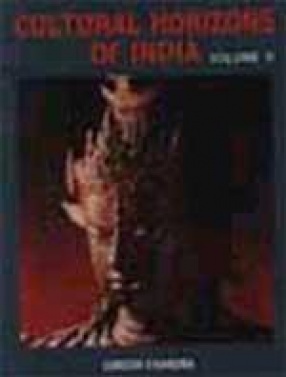
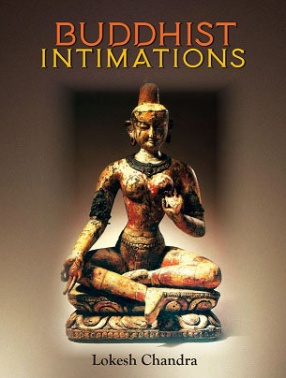
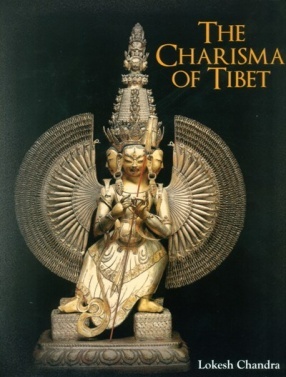
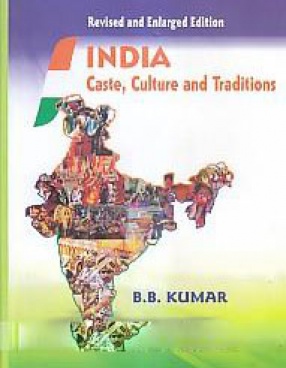
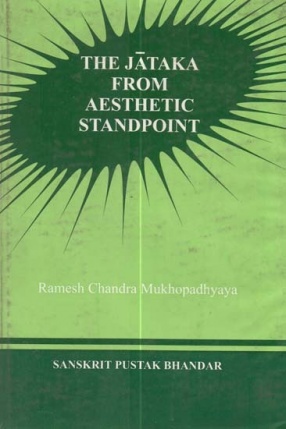
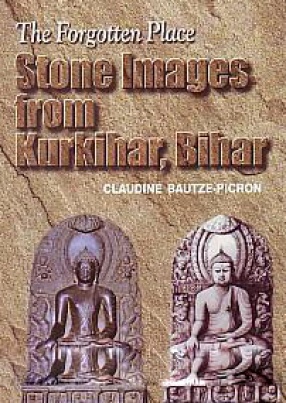

There are no reviews yet.